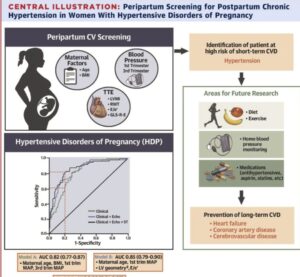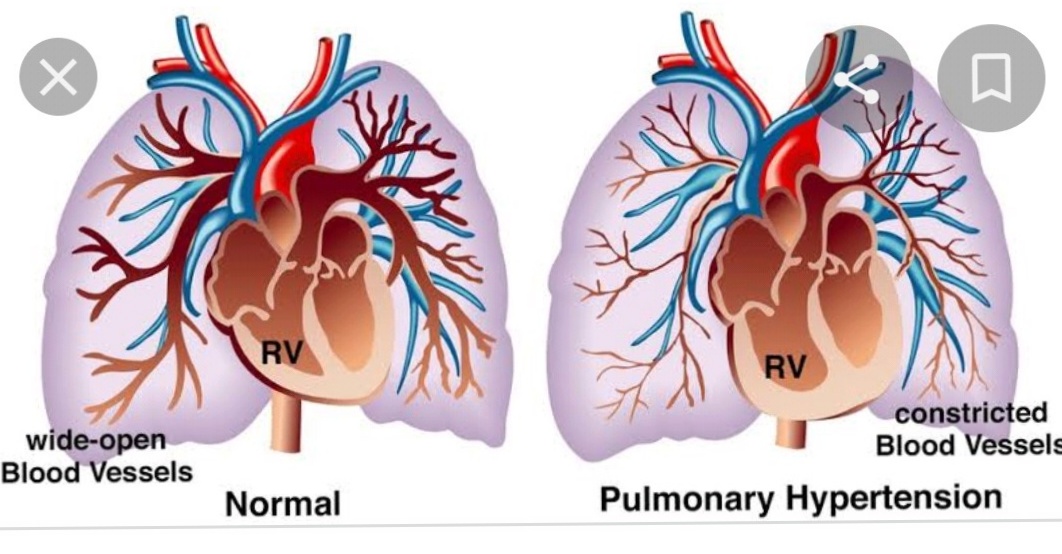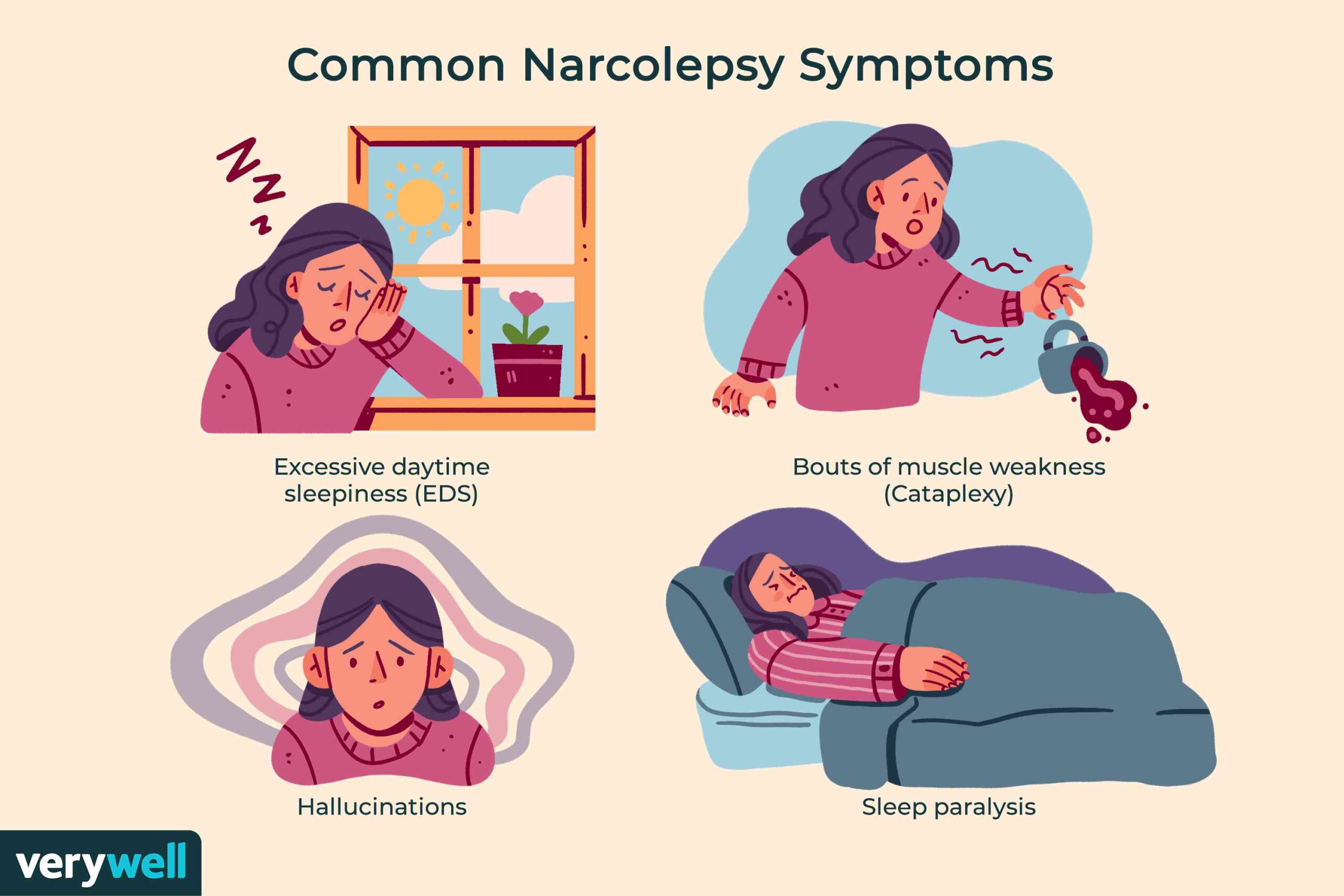Hypertension Postpartum-various aspects- Overview
The majority of hypertension postpartum (postpartum preeclampsia) cases start to manifest 48 hours after delivering. However, postpartum preeclampsia can occasionally appear six weeks or more after giving delivery.
Preeclampsia during delivery is an uncommon disorder that manifests as high blood pressure and an abundance of protein in the urine. Similar to hypertension, preeclampsia appears during pregnancy and usually goes away once the baby is born.
Preeclampsia after delivery needs to be treated right afterwards. Postpartum preeclampsia can result in seizures and other dangerous consequences if it is not managed.


Symptoms of hypertension postpartum-
It can be challenging to recognise postpartum preeclampsia on your own. Many women who develop postpartum preeclampsia do not exhibit any pregnancy-related signs or symptoms. Also, if you’re preoccupied with postpartum recovery and newborn care, you might not realise anything is wrong.
Preeclampsia postpartum symptoms, which are frequently the same as those of preeclampsia before birth, can include-
140/90 millimetres of mercury (mm Hg) or higher is considered to be high blood pressure (hypertension).
more protein in urine (proteinuria)
bad headaches
Vision changes, such as temporary blindness, hazy vision, or light sensitivity
Upper abdominal pain, commonly on the right side under the ribs
nausea and diarrhoea
breathing difficulty
less urinations
Call your doctor right away if you experience any postpartum preeclampsia symptoms or signs soon after giving birth. You might require emergency medical attention, depending on the situation.
If you have any queries or worries about your health from childbirth, get in touch with your healthcare professional
Investigations in postpartum hypertension
Through the use of tests for the total blood count, levels of creatinine and liver enzymes, and urinalysis, all women with postpartum hypertension should be screened for HELLP (hemolysis, increased liver enzymes, low platelets) syndrome and other end-organ consequences.
Causes
Preeclampsia that develops postpartum and preeclampsia that develops during pregnancy have unknown causes.
Risk elements for hypertension postpartum-
There is some evidence that the following conditions may be risk factors for postpartum preeclampsia:
Your most recent pregnancy’s high blood pressure. If you experienced high blood pressure after 20 weeks of pregnancy, you have a higher chance of developing postpartum preeclampsia (gestational hypertension).
Obesity. Obesity increases the risk of postpartum preeclampsia.
Your risk of preeclampsia increases if you are expecting twins, triplets, or more.
Elevated blood pressure that persists. Your chance of developing preeclampsia and postpartum preeclampsia is increased if you had uncontrolled high blood pressure before becoming pregnant.
Diabetes. Your chance of developing preeclampsia and postpartum preeclampsia is increased if you have type 1 or type 2 diabetes, or gestational diabetes.
Postpartum hypertension -Preeclampsia after giving birth plus seizures is postpartum eclampsia. Your brain, eyes, liver, and kidneys are just a few of the important organs that postpartum eclampsia can irreversibly harm.
Respiratory edoema. This potentially fatal lung illness develops when too much fluid gathers inside the lungs
.
Stroke. A stroke happens when the blood flow to a portion of the brain is cut off or significantly diminished, starving the brain’s tissue of oxygen and nutrients. A stroke is an urgent medical matter.
Thromboembolism. The blocking of a blood vessel by a blood clot that moves from another area of the body is known as thromboembolism. Additionally, this situation is a medical emergency.
HELLP disorder. Hemolysis (the destruction of red blood cells), high liver enzymes, and low platelet count, or HELLP syndrome, can quickly become life-threatening. HELLP syndrome signs and symptoms include headache, upper right abdomen pain, and nausea and vomiting. Since HELLP syndrome involves harm to multiple organ systems, it is especially hazardous. Sometimes it might appear unexpectedly, even before high blood pressure is noticed, or it can appear completely symptomless.
Prevention of postpartum hypertension–
Your doctor may discuss the signs and symptoms of preeclampsia with you .
Recommend taking baby aspirin (81 milligrams) to prevent preeclampsia during your next pregnancy
Encourage you to have an active lifestyle and to eat a healthy diet .
Treatment for postpartum hypertension-
Medication is one option for treating postpartum preeclampsia, and this list includes Blood pressure medications. Your doctor may suggest a blood pressure-lowering medicine if your blood pressure is dangerously high (antihypertensive medication).
Medication for seizure prevention is also advised,








